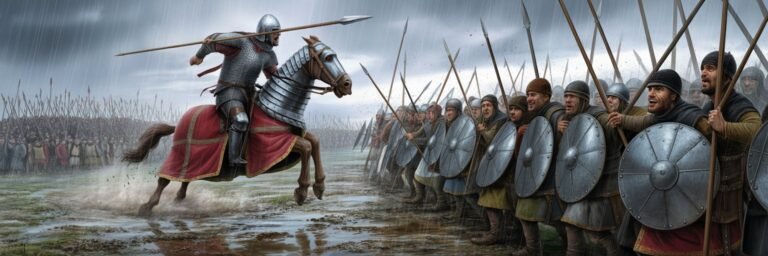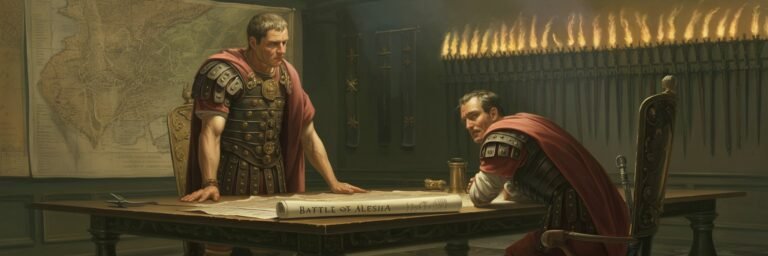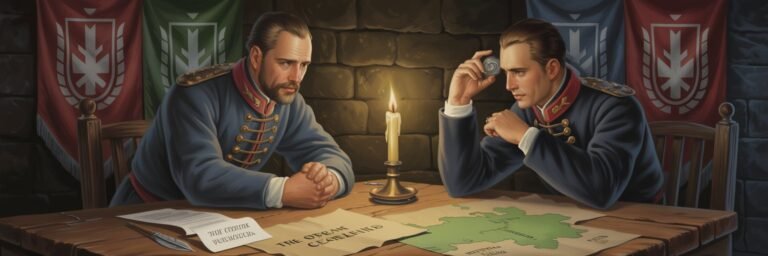INTRODUCTION
In the annals of world history, few events are as dramatic, consequential, and revealing of the human spirit as the great battles fought by civilizations past and present. These brutal conflicts have produced some of the most legendary figures in history, remembered as heroes and villains in countless stories, songs, and works of art. Yet behind these characterizations lie the complex realities of lived experience, historical circumstance, and multi-faceted human personalities. The dual labels of ‘hero’ and ‘villain’ can reduce these figures to two-dimensional stereotypes, obscuring their nuances and the broader contexts in which they operated.
HISTORICAL BACKGROUND
History, as Winston Churchill purportedly remarked, is written by the victors—but often reinterpreted and reimagined by succeeding generations. Take the case of Alexander the Great, the Macedonian king who built an empire stretching from Greece to Egypt and India in the fourth century BCE. Alexander’s tactical genius and daring exploits have made him one of history’s most legendary heroes. Yet his autocratic rule, tendency to enforce Hellenic culture, and massive expansionist atrocities damask him with hues of villainy.
THEORIES AND INTERPRETATIONS
Academic theories abound regarding these multifaceted figures. In Alexander’s case, some scholars argue that his ‘hero’ status was largely propagated by his own propaganda efforts and those of his court historians, who emphasized his military prowess and sought to portray him as a semi-divine figure spreading civilization to the ‘barbarian’ East. Others, however, point out that Alexander’s empire was uplifted by the exchange and intermingling of diverse cultures that his conquests facilitated, giving him a more nuanced role as a bringer of change rather than solely an invader.
MYSTERIES AND CONTROVERSIES
Central to these debates are various controversies and mysteries concerning Alexander’s life and character. For instance, his death at the young age of 32 has been a subject of immense speculation, with theories ranging from assassination plots to alcoholic liver disease. Moreover, despite his heroic reputation, darker aspects of Alexander’s personality and rule have been brought to light, such as his harsh treatment of conquered peoples, his refusal to tolerate dissent, and his increasing paranoia and megalomania in his later years.
SYMBOLISM AND CULTURAL SIGNIFICANCE
Alexander is far from the only historical figure who has been endowed with such multifaceted symbolism. From Genghis Khan to Napoleon Bonaparte, Shaka Zulu to Joan of Arc, historical figures have been both vilified and lionized, their actions and personalities subjected to diverging interpretations that reflect the values and priorities of different cultures and eras.
MODERN INVESTIGATIONS
Modern research has added further layers to these interpretations, utilizing technological advances in archaeology, forensic science, epidemiology, and other fields to shed new light on the lives of these figures and the contexts in which they operated. For example, recent bioarchaeological investigations of Napoleon’s soldiers from his disastrous 1812 Russia campaign have challenged traditional narratives of his callous disregard for his troops, revealing signs of extensive medical care in the skeletal remains.
LEGACY AND CONCLUSION
The impact and legacy of these heroes and villains go beyond shaping the paths of nations and civilizations—they continue to inspire, provoke, and enthrall us, serving as mirrors in which we reflect upon our own character and society. Through understanding their lives, we can gain unique illuminations of our own time, place, and Human condition. Despite the debates, controversies, and evolving interpretations, what is certain is that the figures from famous battles—whether hailed as heroes or denounced as villains—continue to cast long shadows over the landscape of history. They remain central waypoints in our never-ending quest to comprehend the fascinating saga of humanity’s journey through time.
In conclusion, the heroes and villains from famous battles exemplify our complicated relationship with history. Often, we see these figures through the lens of modern sensibilities, forgetting to consider their own contemporaneous contexts. Perhaps the lesson lies not in deifying or demonizing, but understanding, contextualising, and embracing the contradictions inherent in these historical figures, and, by extension, in ourselves.



